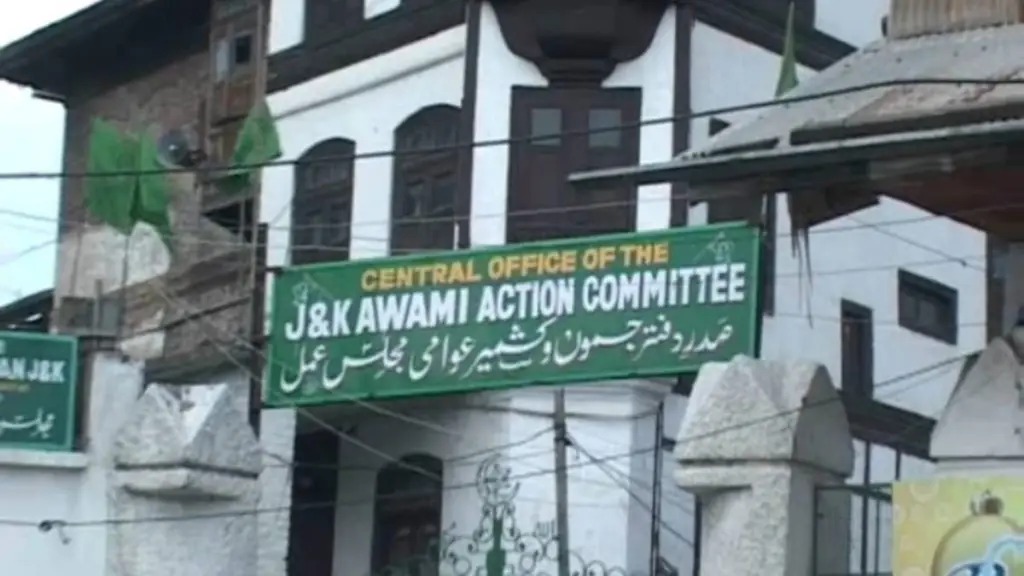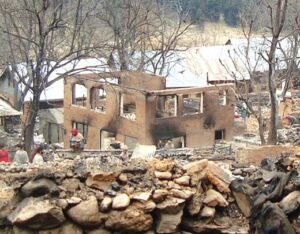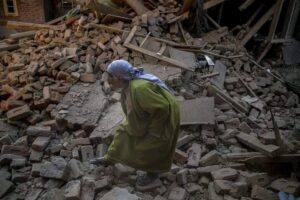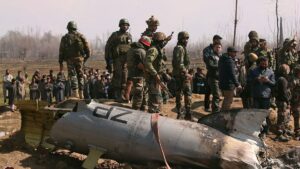
Banning Frenzy Continues in Kashmir
Syed Suhaib Abdullah
Now the Indian government has banned Ittihadul Muslimeen (JKIM) led by Masoor Abbas Ansari and Awami Action Committee (AAC) led by Mirwaiz Umar Farooq for the next five years for indulging in “anti-national and subversive activities” and posing a threat to the “unity and integrity of Bharat”. It is pertinent to mention that JKIM is considered as a prominent Shia organization in the valley while as AAC led by Mirwaiz Umar Farooq comprises of members from the Sunni Sect mostly. The colonizer has little need to distinguish between Sunni and Shia, except when it serves their immediate interests. The larger project of Hinduizing Kashmir does not rely on such distinctions. In their eyes, anyone who upholds Islam in the region—no matter how moderate or seemingly insignificant—is a threat and will inevitably be targeted. The mere presence of Islamic identity, in any form, stands as an obstacle to their grand vision of a Hindu totalitarian integration.
However, the colonizer has always tried to pit the two communities against each other especially in recent years after the developments of 2019. For years, Indian authorities have deliberately propagated the narrative that Kashmir’s pro-freedom struggle is an exclusively Sunni-led movement, shunned by the region’s Shia and other minority communities. They have always tried to pit Sunni and Shia against each other and exploit sectarian differences to fracture the resistance from within. By portraying the struggle as sect-centric, India has attempted to reduce its political and historical significance, turning it into an internal religious dispute rather than a fight against occupation. At times, they have gone even further in painting all Shias as pro-India and portraying them as a persecuted minority in a Sunni-majority land, a narrative designed to sow discord and weaken the collective voice of Kashmiris. This manufactured fault line has been repeatedly weaponized by the Indian state to serve its own vested interests, yet, in recent years, young Shia men and women have increasingly rejected this imposed division. Many have become vocal about their political rights and openly aligning themselves with the broader resistance, thereby shattering the myth of sectarian disengagement and reaffirming that Kashmir’s struggle is not one of religious factions but of a people united against occupation. While the ban on religious and resistance organizations—whether Shia or Sunni—does not necessarily require us to focus solely on sectarian issues, it is important for all of us, regardless of ideological differences, to recognize a deeper reality. The mere fact of being a Musalmaan is seen as a threat by the occupier, and the war being waged is not just against political aspirations but against the very faith of Kashmiris. The assault is on multiple levels, targeting religious identity, cultural heritage, and collective consciousness. Understanding this larger design is essential to resisting the political subjugation and the erasure of our spiritual and cultural existence.
The crackdown on Islam did not start with the ban on Jamaat-e-Islami and will surely not stop there. Since the war is against the religion, every organization having religious leaning or one simply formed to spread the glorious message of Islam and resist Indian occupation will face a ban in the first phase and eventually stop at its members being killed or put in dungeons until death.



